Customer acquisition is a fundamental aspect of business growth and long-term success. It refers to the process of attracting and converting new customers, ensuring a steady stream of revenue while expanding market reach. Effective customer acquisition strategies blend marketing, sales, and customer engagement efforts to create sustainable business development. This article explores various tactics, best practices, and innovative methods to enhance customer acquisition and build a loyal customer base.
Understanding Customer Acquisition
Customer acquisition is not merely about increasing the number of buyers but also about acquiring the right customers who align with a business’s value proposition. A well-defined customer acquisition strategy involves identifying the target audience, crafting compelling marketing messages, and using multiple channels to reach potential customers. Success in this area requires a deep understanding of customer needs, behaviors, and preferences.
Developing a Strong Value Proposition
A compelling value proposition differentiates a business from competitors and attracts potential customers. Businesses must clearly communicate the benefits and solutions they offer, addressing specific pain points of their target audience. A strong value proposition should be concise, unique, and customer-focused, ensuring it resonates with prospective buyers.
Leveraging Digital Marketing for Customer Acquisition
Digital marketing plays a crucial role in customer acquisition. A comprehensive online presence, including a well-optimized website, active social media channels, and engaging content, helps businesses attract and convert new customers. Search engine optimization (SEO) ensures visibility in search results, while paid advertising, such as pay-per-click (PPC) campaigns, drives targeted traffic.
Content marketing is another powerful tool for customer acquisition. High-quality blogs, videos, and infographics provide valuable information to potential customers, building trust and establishing industry authority. Email marketing further nurtures leads and encourages conversions by delivering personalized messages and offers.
Utilizing Social Media for Audience Engagement
Social media platforms provide direct access to potential customers and allow businesses to build relationships, promote products, and engage with their audience. Platforms such as Facebook, Instagram, LinkedIn, and Twitter offer targeted advertising options, enabling businesses to reach specific demographics and increase brand awareness. Influencer partnerships and user-generated content enhance credibility and drive customer acquisition efforts.
Implementing Referral and Word-of-Mouth Marketing
Word-of-mouth marketing remains one of the most effective customer acquisition strategies. Satisfied customers who recommend a business to their peers contribute to organic growth. Referral programs incentivize existing customers to introduce new clients, creating a cost-effective and trustworthy method for expanding the customer base. Businesses should encourage reviews and testimonials to build social proof and attract more prospects.
Optimizing Sales Funnels and Conversion Paths
An optimized sales funnel guides potential customers from awareness to purchase. Businesses must analyze customer touchpoints, identify bottlenecks, and streamline the conversion process. Landing pages should be designed with clear calls-to-action, persuasive copy, and minimal distractions. A/B testing different elements of the funnel ensures continuous improvement in conversion rates.
Retargeting strategies help recapture potential customers who did not convert on their first visit. Display ads, email follow-ups, and personalized offers encourage them to complete their purchase, increasing customer acquisition efficiency.
Expanding Market Reach Through Strategic Partnerships
Collaborating with other businesses expands customer acquisition opportunities. Strategic partnerships, joint ventures, and co-branding initiatives help businesses tap into new audiences and leverage existing customer bases. Partnering with complementary brands allows businesses to cross-promote products and services, creating mutually beneficial growth opportunities.
Enhancing Customer Experience for Higher Acquisition Rates
A seamless customer experience plays a vital role in acquiring new customers. Businesses should focus on responsive customer service, easy navigation, and a hassle-free purchasing process. Personalized interactions and proactive support enhance customer satisfaction, leading to higher conversion rates and increased brand loyalty.
Measuring and Analyzing Acquisition Performance
Tracking and analyzing customer acquisition efforts are essential for continuous improvement. Businesses should monitor key performance indicators (KPIs) such as customer acquisition cost (CAC), conversion rates, return on investment (ROI), and lifetime value (LTV). Data-driven insights help refine strategies, optimize marketing spend, and maximize acquisition effectiveness.
Conclusion
Customer acquisition is an ongoing process that requires a strategic approach, consistent engagement, and adaptation to market trends. By developing a strong value proposition, leveraging digital marketing, utilizing social media, implementing referral programs, and optimizing sales funnels, businesses can attract and retain customers effectively. Sustainable growth is achieved when customer acquisition efforts align with customer satisfaction, retention, and long-term business objectives.
